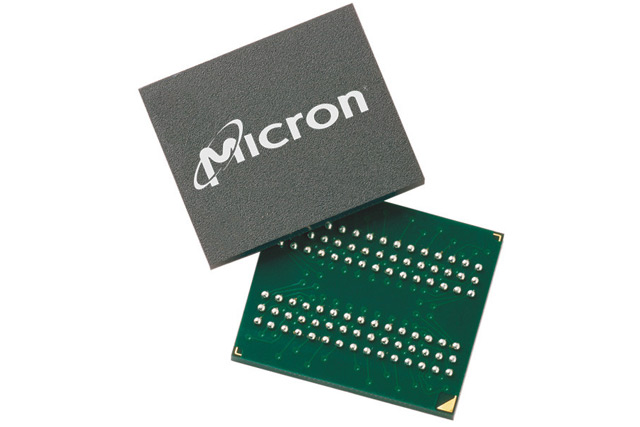
Similar to GDDR5, in that it’s based on many of the same specifications, GDDR5X takes things to a new level by improving data rates and providing bigger and much more flexible chip capacities — and they’re more energy efficient too.
None of this puts the new standard in competition with the HBM we’ve seen in AMD’s latest Fury line, or what is rumored to be in the works for Pascal and Polaris next-gen cards, but GDDR5X offers big improvements over previous generations of GDDR5.
For starters, the total capacity increase per chip to 8GB means that we may see cards with more memory at the top end and possibly saving space with fewer chips at the midrange. The increase in bandwidth per-pin is important too, as bumping up the peak bandwidth of 256-bit interfaces to 10-12Gbps, allows cards with that narrower interface to deliver similar memory performance as a GTX 980 Ti, which sports a larger 384-bit bus width.
That should mean cost savings in the production of next-gen cards, as well as making their manufacture simpler for developers.
Total bandwidth on the larger, higher-bandwidth GDDR5X chips even exceeds that of the 980Ti in some instances, offering 384GBps. The only cards out there right now which can offer more than that, is the Nvidia’s Titan Z and AMD’s Fury X, the latter of which sports high-bandwidth memory (HBM).
Although not quite as efficient as what’s currently found in that Fury lineup, GDDR5X makes big gains against traditional GDDR5 in that respect. The new standard from Micron is able to deliver its highest bandwidth on its largest chips, at an estimated power consumption of 20w. In comparison, solutions attached to current GTX 980Tis do the same for more than 31w.
The only caveat to all of this is that these specifications are actually lower than what GDDR5X was teased at in previous months. Anandtech thinks that might be because Micron is offering conservative performance estimates before the samples are in the hands of manufacturers, and that we might see those numbers go up in the coming weeks.
It could also be that GDDR5X isn’t quite as good as Micron hoped. It certainly won’t hold a candle to HBM or its sequel whenever either becomes available in reasonable quantities.
We’ll find out just how strong it is later this year though, when mass production begins and we expect the next-gen cards from both AMD and Nvidia.



